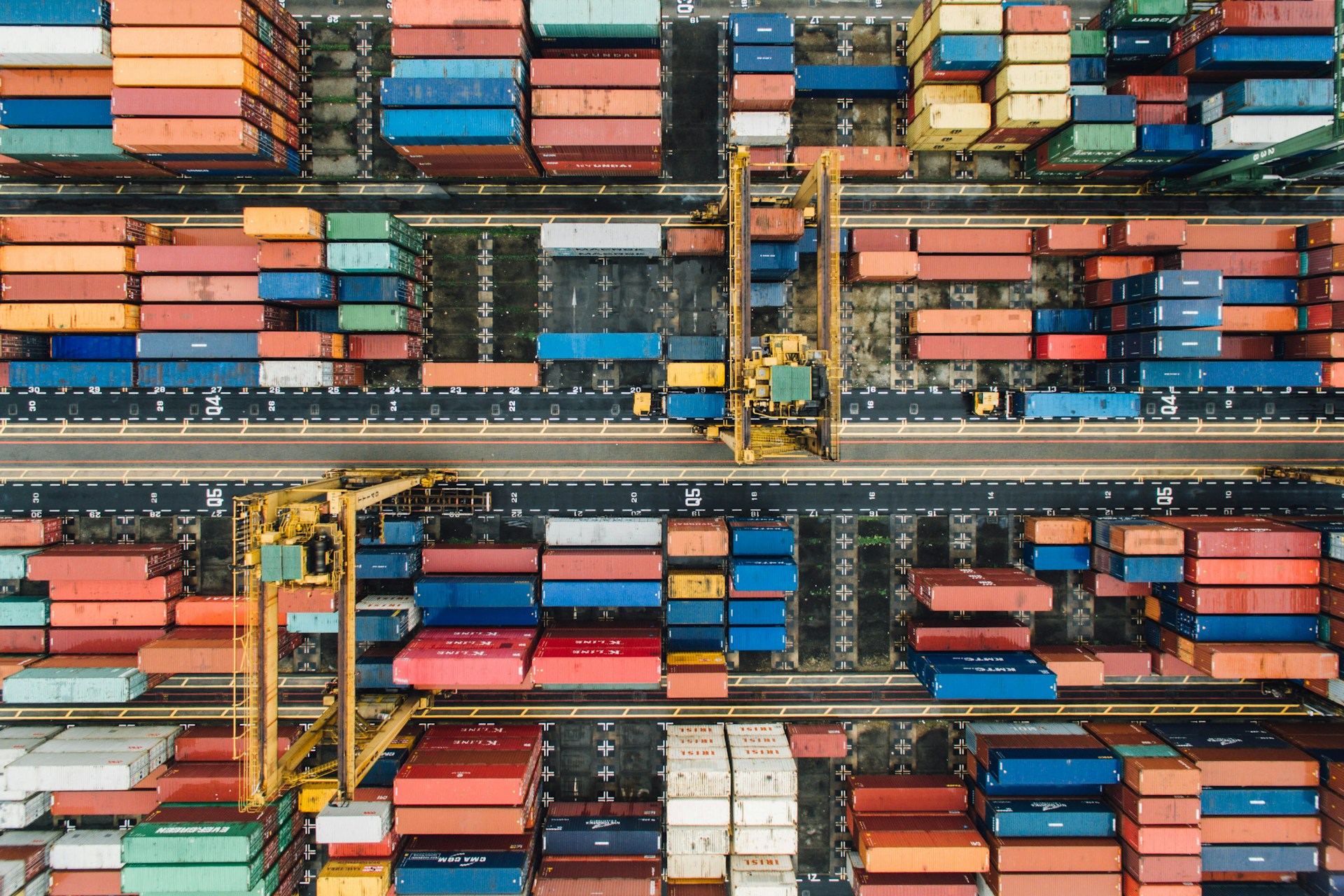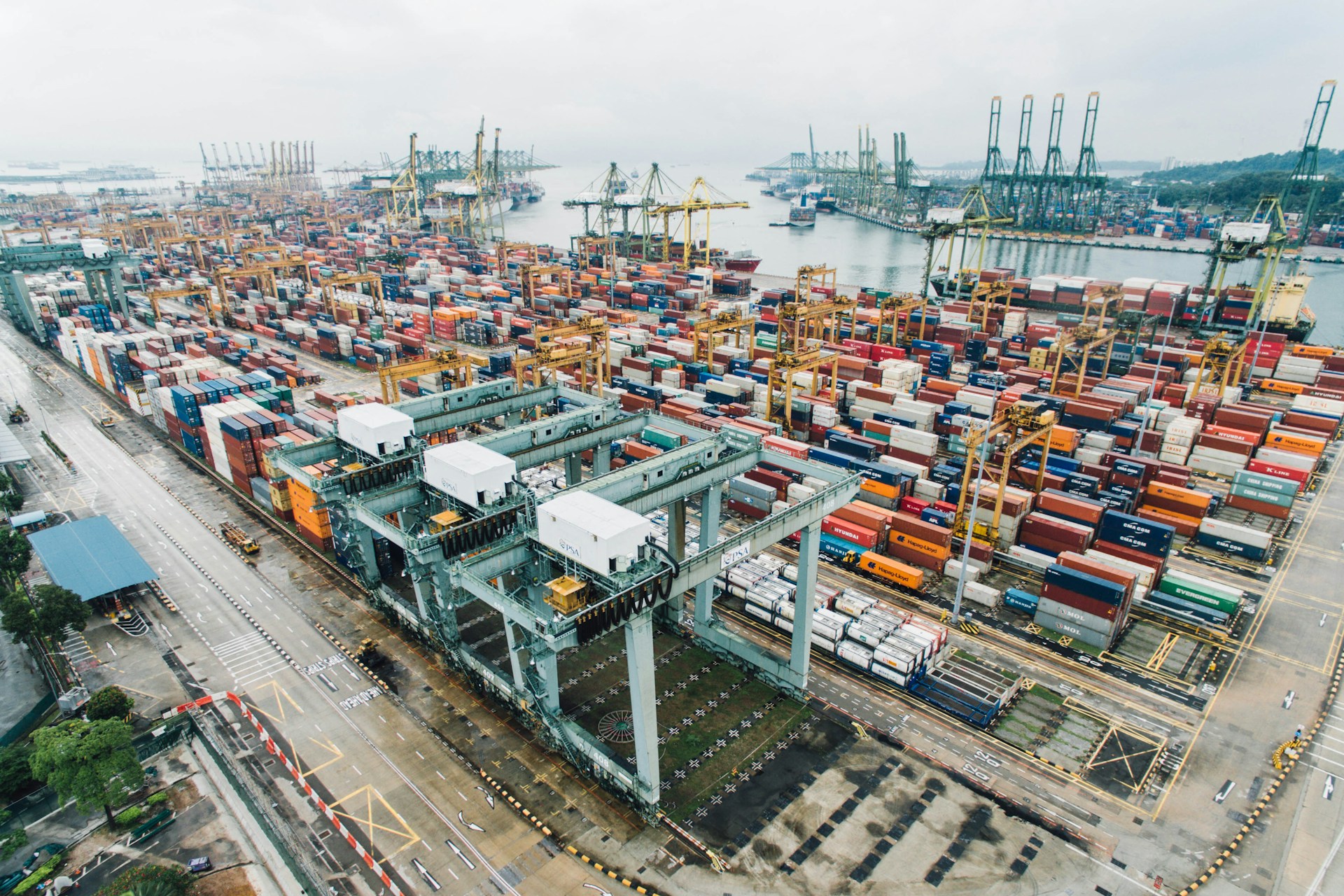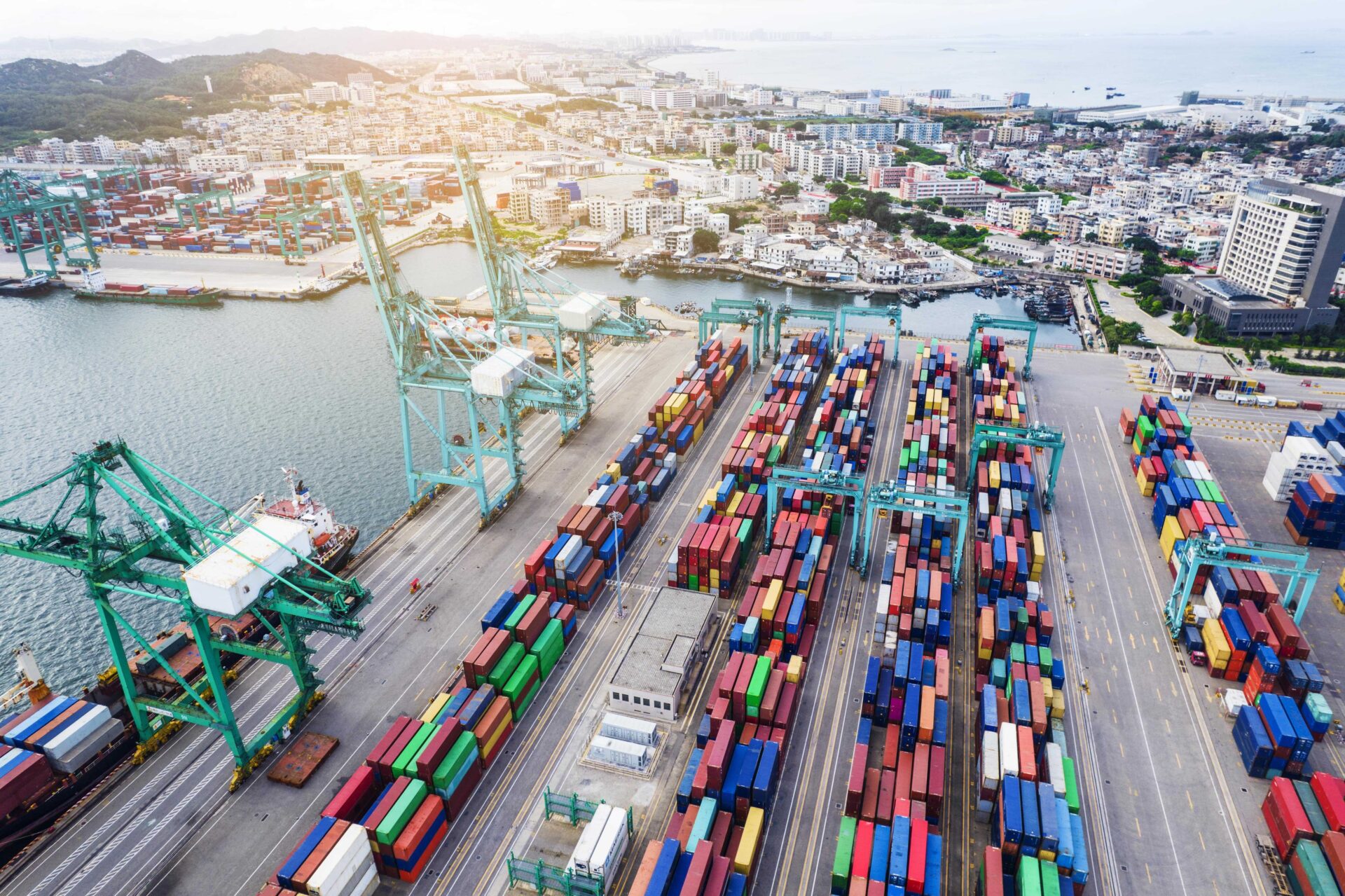When it comes to international shipping, understanding the various costs and taxes involved is crucial for both businesses and consumers. One term that frequently arises in this context is VAT. Many people wonder, “What does VAT mean in shipping?” VAT stands for Value-Added Tax, a consumption tax levied on goods and services at each stage of production and distribution. In shipping, VAT plays a significant role as it affects the final price paid by customers when importing goods from overseas. Whether you’re an online shopper or a business owner, knowing how VAT works can help you avoid unexpected charges and ensure smooth transactions.
To better understand what does VAT mean in shipping, let’s break it down. VAT is typically calculated based on the value of the goods being shipped, including any additional costs such as shipping fees and insurance. When goods are imported into a country, they may be subject to customs duties and VAT depending on their origin and the regulations of the destination country. For instance, if you’re purchasing items from Europe and shipping them to the United States, the VAT might already be included in the product price since European sellers often charge VAT upfront. However, if you’re importing goods from outside the EU into an EU member state, VAT will likely need to be paid upon arrival.
The calculation of VAT in shipping can vary significantly between countries. Some nations impose a flat rate, while others use a tiered system based on the type of goods or their value. Additionally, certain goods may be exempt from VAT altogether. To illustrate, books and children’s clothing often enjoy reduced VAT rates or exemptions in many regions. Understanding these nuances is essential for anyone engaged in cross-border trade. Businesses must also consider VAT registration thresholds, which determine whether they need to register for VAT in specific countries based on their sales volume.
For those looking to streamline their shipping processes and manage VAT more effectively, XRGLOBAL offers a comprehensive solution. XRGLOBAL specializes in simplifying international logistics, ensuring compliance with VAT regulations across different jurisdictions. Their platform provides real-time updates on VAT requirements, helping businesses stay informed about changes in tax laws. This service not only reduces the risk of non-compliance but also enhances customer satisfaction by providing transparent pricing structures. By partnering with XRGLOBAL, companies can focus on growing their business rather than worrying about complex tax calculations.
Another critical aspect of what does VAT mean in shipping involves the concept of reverse charge mechanisms. In some cases, instead of the seller collecting VAT, the buyer becomes responsible for reporting and paying the tax directly to the authorities. This approach is commonly used in business-to-business (B2B) transactions within the EU. It simplifies the process by eliminating the need for intermediaries and reducing administrative burdens. However, it requires accurate record-keeping and timely submissions to avoid penalties. XRGLOBAL assists businesses in navigating these procedures by offering tools that automate data entry and ensure accuracy in reporting.
Moreover, VAT in shipping has implications for small and medium-sized enterprises (SMEs) that operate internationally. These businesses often face challenges due to limited resources and expertise in handling international taxation. XRGLOBAL addresses these concerns by providing scalable solutions tailored to the needs of SMEs. From setting up VAT accounts to managing invoices, XRGLOBAL ensures that even smaller businesses can comply with global standards without incurring excessive costs. This support empowers SMEs to compete on a level playing field with larger corporations.
In addition to VAT, importers must also be aware of other related fees such as excise duties and local taxes. While VAT focuses on the added value at each stage of production, excise duties target specific types of goods like alcohol, tobacco, and fuel. Combining these taxes can significantly increase the overall cost of importing goods. XRGLOBAL helps clients anticipate these expenses through detailed cost breakdowns and scenario planning. This proactive approach enables businesses to set realistic budgets and maintain profitability despite fluctuating tax rates.
As technology continues to evolve, so do the methods for calculating and collecting VAT in shipping. Digital platforms now play a vital role in automating these processes, making them faster and more reliable. XRGLOBAL leverages cutting-edge technology to provide seamless integration with existing systems, allowing businesses to track shipments and monitor VAT payments in real time. This capability is particularly beneficial for companies operating in multiple markets, where keeping track of varying VAT rules can become overwhelming.
Furthermore, the rise of e-commerce has brought new complexities to VAT in shipping. Online retailers must navigate diverse legal frameworks and adapt quickly to changing consumer demands. XRGLOBAL equips these retailers with the tools necessary to thrive in a dynamic environment. By offering customizable dashboards and analytics, XRGLOBAL empowers businesses to make informed decisions regarding pricing strategies and market expansion.
Finally, staying compliant with VAT regulations is not just about avoiding fines; it also builds trust with customers. Transparency in pricing and clear communication about VAT obligations enhance brand reputation and foster long-term relationships. XRGLOBAL recognizes the importance of this aspect and works closely with clients to develop strategies that prioritize customer experience. Whether it’s through simplified checkout processes or detailed order confirmations, XRGLOBAL ensures that every interaction reflects professionalism and reliability.
In conclusion, understanding what does VAT mean in shipping is fundamental for anyone involved in international trade. From calculating tax rates to complying with local regulations, VAT presents numerous challenges that require careful consideration. Fortunately, brands like XRGLOBAL offer innovative solutions designed to simplify these tasks and empower businesses to succeed globally. By leveraging advanced technology and expert knowledge, XRGLOBAL helps turn potential obstacles into opportunities for growth and expansion. As the world becomes increasingly interconnected, mastering VAT in shipping will remain a key factor in achieving sustainable success in the global marketplace.




